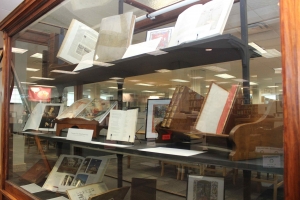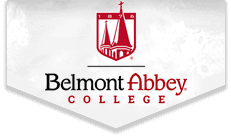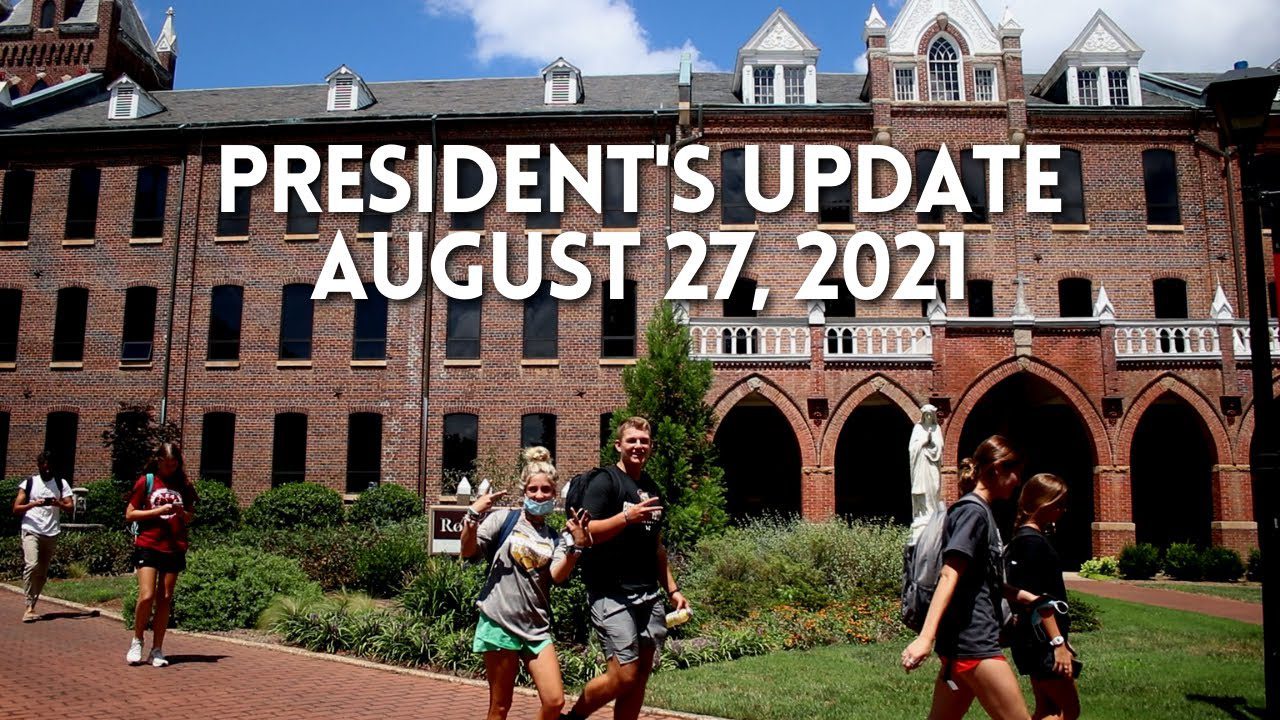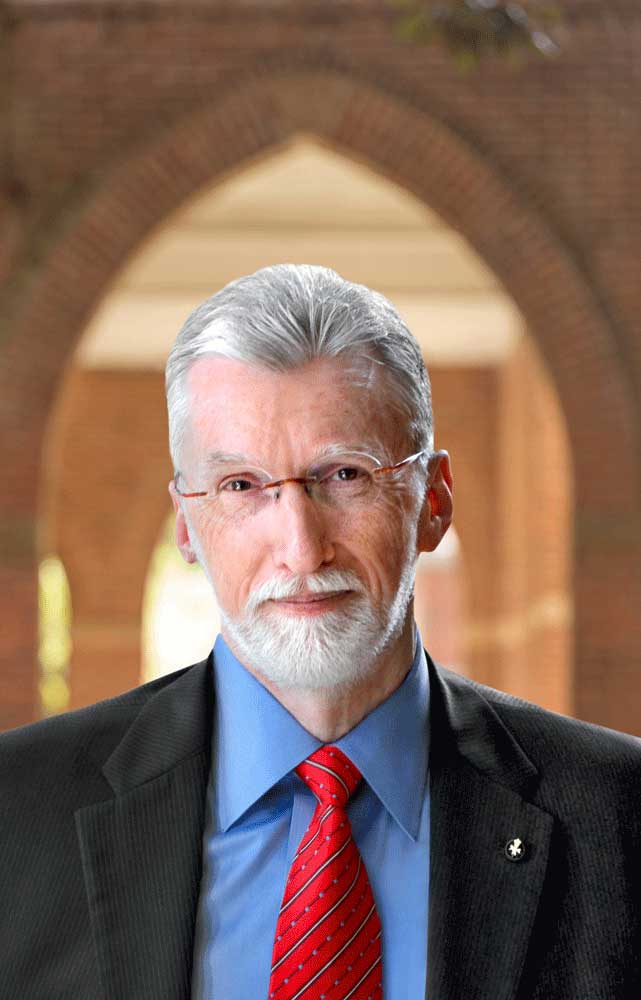The Rare Books Collection at Abbot Vincent Taylor Library of Belmont Abbey College is thrilled to host a collection of antique books owned by Mr. Richard K. Riess. The books are now on display in the large case near the main entrance to the library.
Mr. Riess graduated first in his business school class at the University of South Florida, and was hired by a very small financial services firm, RJF, in the Tampa Bay Area. This event changed his life, because his employers, all MBAs from Harvard, MIT, and Northwestern, encouraged Mr. Riess to apply to several top MBA programs. He was accepted and enrolled at Harvard in 1973 and graduated with distinction in 1975.
After working for 5 years in a Fortune 500 company, in 1983, Mr. Riess returned there to RJF as Chief Financial Officer, reporting to the same man who had hired him in 1971. Over a period of 30 years, Mr. Riess held several senior management positions with RJF and served on the company’s Executive Committee for 15 years.
Mr. Riess has been married for almost 44 years and has six children. He believes that education opens doors and has no substitute if one wants to experience the richness that life offers. Defining education broadly, Mr. Riess thinks that everyone needs to be an informed citizen. He therefore hails the Renaissance exploration of the idea of liberty. Mr. Riess is deeply impressed with the famous fresco cycle in Siena (Allegory of Good and Bad Government) painted by Ambrogio Lorenzetti in 1338 which depicts the virtues of fairness, justice, republicanism, and good administration.
Of his experiences at Belmont Abbey College thus far, Mr. Riess says, “Dr. Newcomb, Director of the Thomas More Scholars at the Abbey, says that he wants students to understand the richness and ideas of the Renaissance period. I have volunteered to support this initiative in any way that I can to achieve this goal. My love of the Renaissance has certainly enriched my life. My success in business has made this possible. They are not mutually exclusive!”
Mr. Riess’ love of Renaissance painting and scholarship gave impetus to his collection of antique books. Belmont Abbey College is deeply honored to be the beneficiary of his loan of six original volumes—published between 1521 and 1651—on a number of architectural, artistic, and religious topics. The collection will be on display in the Abbot Vincent Taylor Library from April 22nd to May 19th, and culminate with a series of guided tours for interested students presented by the Abbey’s own Alexandra Pizza, Preservation Specialist.
Come and discover the books that Mr. Riess has permitted the Abbey to put on exhibit!
Niccolo Machiavelli. Historie Fiorentine. 1532.
-Machiavelli’s History of Florence is his last and longest work. In it he follows the ideals of humanist historiography, portraying universal moral lessons through historic events.
VASARI, Giorgio. Le vite de’ piu eccellenti pittori, scultori, e architettori. Florence, 1568.
Vasari’s Lives of the Artists is the most significant publication on Renaissance Artists, including Michelangelo, Leonardo, Raphael, among the 161 artists, total. Vasari’s first edition was entirely focused on Florentine artists, but he later branched out to include some Venetian artists. This edition comprises three volumes and has a beautiful woodcut of a view of Florence.
Leonardo Da Vinci. Trattato della pittura. 1651.
This large vellum binding is a first edition of The Treatise of Painting, the first published work by Leonardo. In it, he attempts to understand the scientific laws of painting. Begun in 1482, when Da Vinci’s creative powers were reaching their peak, the Treatise of Painting represents the fullest expression of the master’s aesthetic theory.
VITRUVIUS POLLIO, MARCUS. De Architectura libri Dece. 1521.
Vitruvius’ Ten Books on Architecture is the only Roman work inspired by Greek architecture that has come down to us. It is therefore important as our prime source of many lost Greek writings on the subject and as a guide to archaeological research in Italy and Greece. By exemplifying the principles of classical architecture it became the fundamental architectural textbook for centuries.
Andrea Palladio. I Quattro Libri dell’Architettura. Venice: Dominico de’Franceschi, 1570
Palladio’s The Four Books of Architecture, is arguably the most important architectural treatise of the Renaissance and one of the most influential books in the history of Western architecture. It is divided into four sections: orders and elementary problems, domestic building, public building and town planning and temples, and inspired Palladio’s neo- Renaissance followers include Inigo Jones, Christopher Wren, and Thomas Jefferson.
Petrus de Natalibus.Catalogus sanctorum et gestorum eorum. 1514
This beautiful full leather second edition of Natalibus’ Lives of the Saints is illustrated with over 200 woodcuts, and is of one of the three great early lives of the saints.







